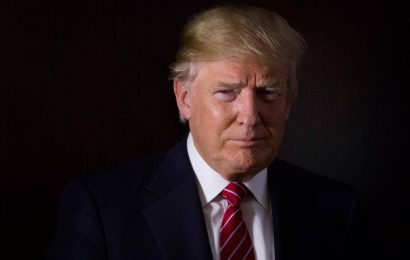Scientists have confirmed a case of Ebola in Mbandaka, a city in DR Congo that is home to nearly 1.2 million people. The disease has rapidly spread from the countryside and caused panic among the citizens.
When it first discovered the two potential Ebola cases in Wangata, which is a health zone located in the regional capital of Mbandaka, the World Health Organization (WHO) was unsure whether or not these cases were a matter of concern. However, the greatest fears were soon confirmed – it was indeed Ebola. It spread from the countryside to the urban area and it is putting everyone at risk.
The epicenter of the outbreak was in Bikoro, which is located at approximatively 130 km from Mbandaka. This is something that concerns scientists, because according to Dr. Oly Ilunga Kalenga, who is the country’s minister of health, this has caused the outbreak to move on to a “new phase”.
In a statement he gave on Thursday, the director-general of the WHO, Dr. Tedros Adhanom Ghebreyesus said that:
“This is a concerning development, but we now have better tools than ever before to combat Ebola.”
An emergency meeting held by WHO on Friday in Geneva will discuss the possibility of declaring an international health emergency.
During the past several days, over 44 people are thought to have been infected with the disease, not to mention that 23 deaths are now being investigated in details by experts.
According to Jessica Ilunga, the health ministry spokesman, new Ebola cases are expected to be discovered during the following days.
“We expect an increase in the number of cases confirmed in the coming days and weeks, so we are stepping up our intervention efforts because medical teams on the ground will need more support and capacity and increased access to medicines and equipment,” were her words.
What is Ebola and why this outbreak represents such a worry?
Ebola is an infectious illness that causes the sufferer internal bleeding, which often can lead to death. It has the capacity to spread quickly through contact with bodily fluids even in small amounts. What makes it so hard to detect is that its symptoms are similar to the ones of any regular flu.
During 2014-2016, the Ebola outbreak that spread across West Africa killed over 11,300 people and most cases were encountered in the capital cities of Sierra Leone, Guinea and Liberia.
The fact that there were confirmed cases of Ebola in Mbandaka meant that there was the possibility the number of cases to ‘explode’.
Peter Salama, the senior WHO official, stated that “This is a major development in the outbreak. We have urban Ebola, which is a very different animal from rural Ebola. The potential for an explosive increase in cases is now there.”
What is being done right now?
So far, there were only three cases confirmed out of 44 and all three involve people that, fortunately, are still alive. However, there are 20 more probable cases and about as much suspected cases.
The officials had already taken action in installing isolation facilities in the city. They believe that the disease has been brought to the urban area by a few people who had attended a funeral ceremony in Bikoro. The buried person is thought to have been an Ebola victim as well.
WHO has already sent over 4,000 doses of an experimental Ebola vaccine last Wednesday and other batches are expected to arrive soon in the region of Kinshasa. The first people to have this vaccine administrated are the ones in Mbandaka that had been in contact in one way or another with those that are suspected of carrying the virus.




